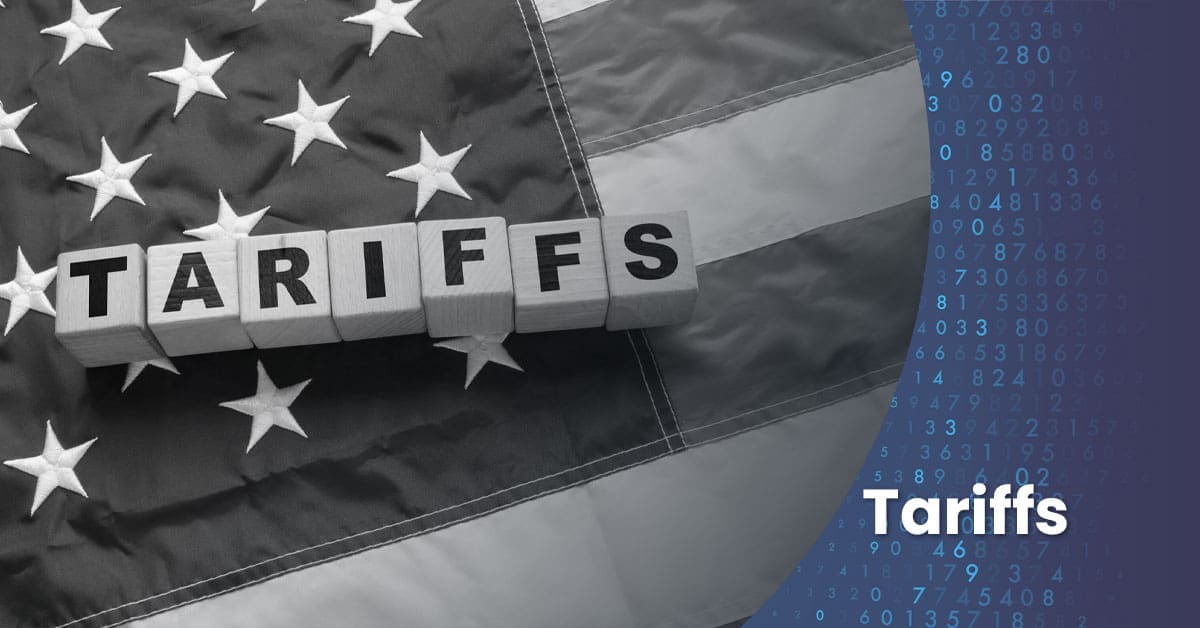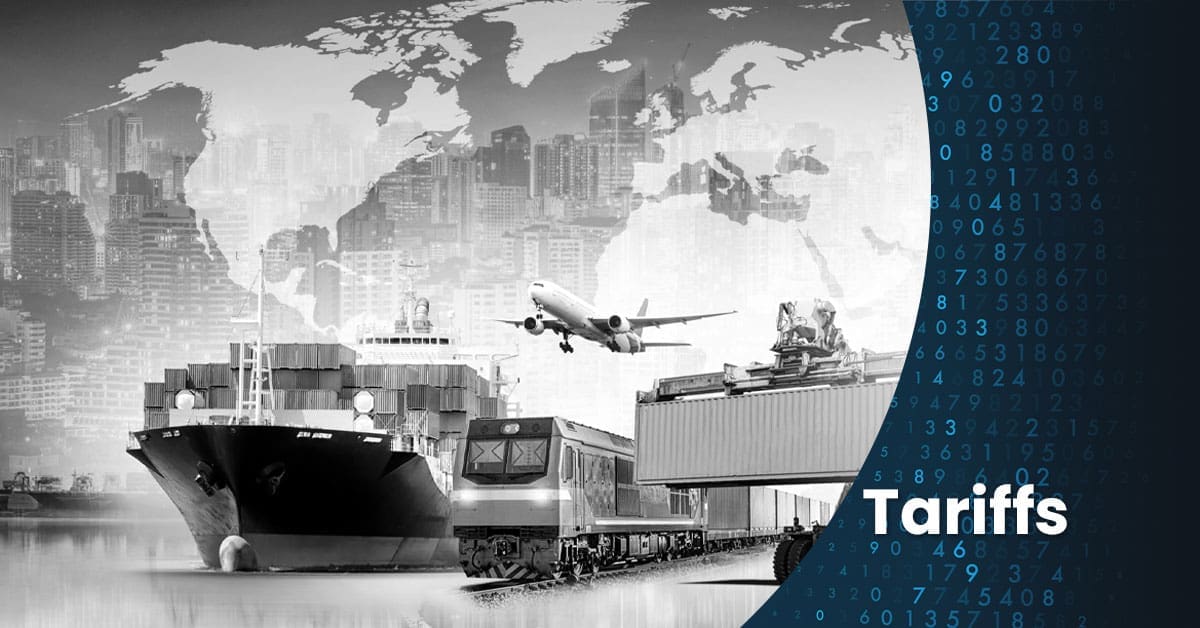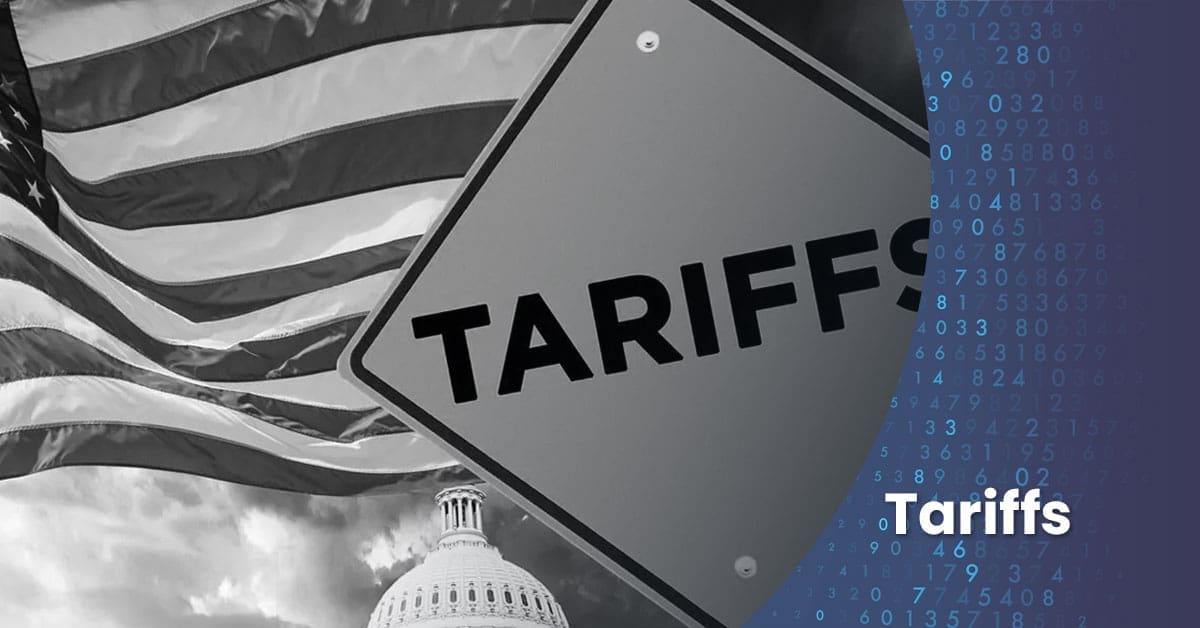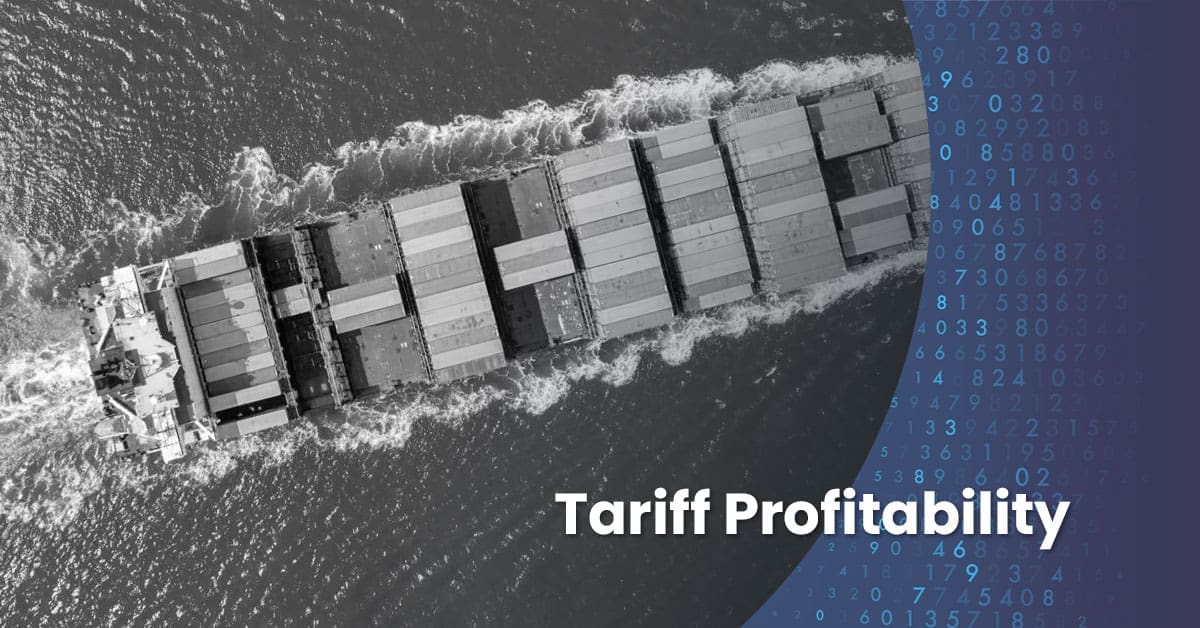We understand the significant challenges that new tariffs on imports to the U.S. pose for businesses across various industries, including manufacturing, distribution, retail, and construction. Many companies are understandably concerned about how these tariffs will impact their operations, from cash flows and pricing to labor costs and supply chain management.
Here are some key areas of concern and some strategies to help businesses navigate these changes effectively.
Impact on Cash Flows
Tariffs can significantly affect cash flows by increasing the cost of imported goods, which in turn raises production costs. Businesses may need to allocate more funds to cover these additional expenses, potentially straining liquidity. To mitigate this, some options for companies are:
- Intensifying Cash Flow Analysis: Regularly review cash flow statements to identify potential shortfalls and opportunities for improvement.
- Renegotiate Vendor Contracts: Seek more favorable payment terms or cost-sharing arrangements with suppliers.
Pricing of Products
The increased cost of imports due to tariffs often leads to higher prices for end products. This can affect demand and competitive positioning. Strategies to address this include:
- Reevaluating Product Designs: Consider alternative materials or components that are less affected by tariffs.
- Strategic Pricing Adjustments: Analyze market conditions and adjust pricing strategies to maintain competitiveness.
Labor Costs
Tariffs can indirectly impact labor costs, especially in industries reliant on imported materials. Increased production costs may lead to higher wages to retain skilled labor. To manage this, companies may want to consider:
- Optimizing Workforce Management: Implement efficient labor practices and consider automation where feasible.
- Exploring Local Sourcing: Reduce dependency on imported materials to mitigate tariff impacts.
Gross Margins
Tariffs can compress gross margins by increasing the cost of goods sold. Businesses must decide whether to absorb these costs or pass them on to consumers. To address this, companies may want to consider:
- Analyzing Cost Structures: Conducting a thorough analysis of cost structures is essential to understand how tariffs might affect profitability. This involves evaluating the cost of imported materials, manufacturing, transportation, and other related expenses.
- Margin Protection Strategies: Implement measures such as cost-cutting and efficiency improvements to protect margins.
Purchasing Patterns
Tariffs can alter purchasing patterns as businesses seek to avoid higher costs. This may involve stockpiling goods or shifting to alternative suppliers. Some options of companies include:
- Diversifying Suppliers: Reduce reliance on a single country or region by sourcing from multiple suppliers.
- Strategic Inventory Management: Optimize inventory levels to balance cost savings with supply chain efficiency.
- Optimize Inventory Management: Strategic inventory management can help mitigate the effects of tariffs. By optimizing inventory levels, businesses can balance cost savings with supply chain efficiency
Tariff Exposure
Understanding and managing tariff exposure is crucial for businesses affected by new trade policies. Strategies to address this include:
- Scenario Planning: Conduct risk assessments and develop contingency plans for various tariff scenarios.
- Leveraging Trade Agreements: Explore opportunities to benefit from existing trade agreements that may offer tariff relief.
Supply Chain Management
Tariffs can disrupt supply chains, leading to increased costs and operational inefficiencies. To mitigate these effects, companies way want to consider implementing the following:
- Supply Chain Reconfiguration: Consider re-routing imports to a more tariff-friendly country or switching suppliers to lower-cost regions.
- Investing in Technology: Enhance supply chain resilience through technology and automation.
Tax Implications
Tariffs also have tax implications, affecting sales tax calculations and overall tax liability. To help address potential tax implications, businesses may want to consider:
- Understanding Sales Tax Rules: Stay informed about state-specific guidance on how tariffs impact sales tax calculations.
- Tax Planning: Work with tax professionals to develop strategies that minimize tax burdens related to tariffs.
Accounting Implications
Tariffs also have accounting implications, affecting sales tax calculations and overall tax liability. Businesses may want to consider the following:
- Cost Capitalization: Inbound tariffs should be capitalized as part of the cost of inventory and reflected as a component of Cost of Goods Sold when the inventory is sold to a customer.
- General Ledger Accounts: Setting up general ledger accounts for tariffs paid on incoming and outgoing products can be complex. There may be differing opinions on whether these costs should be part of general and administrative expenses or Cost of Goods Sold.
- Cost Capitalization: Tariffs incurred directly in connection with the acquisition of specific goods should be included in the acquisition cost of those goods for inventory costing purposes.
- Contracts with Customers: Tariffs can impact contracts with customers, requiring adjustments to pricing to account for increased costs.
Strategies to Address Tariff Increases
To help clients navigate tariff increases, there are a combination of proactive strategies businesses may want to consider implementing:
- Diversify Suppliers: Reduce dependency on high-tariff regions by sourcing from alternative suppliers.
- Source Locally: Explore local sourcing options to avoid tariffs altogether.
- Increase Inventory: Stockpile goods before tariff hikes to maintain competitive pricing.
- Negotiate with Suppliers: Seek cost-sharing arrangements or better payment terms to manage tariff impacts.
By implementing these strategies, businesses may better manage the financial and operational challenges posed by new tariffs. Wiss is committed to providing the expertise and support needed to help our clients adapt and thrive in this evolving trade environment.





 Previous
Previous






